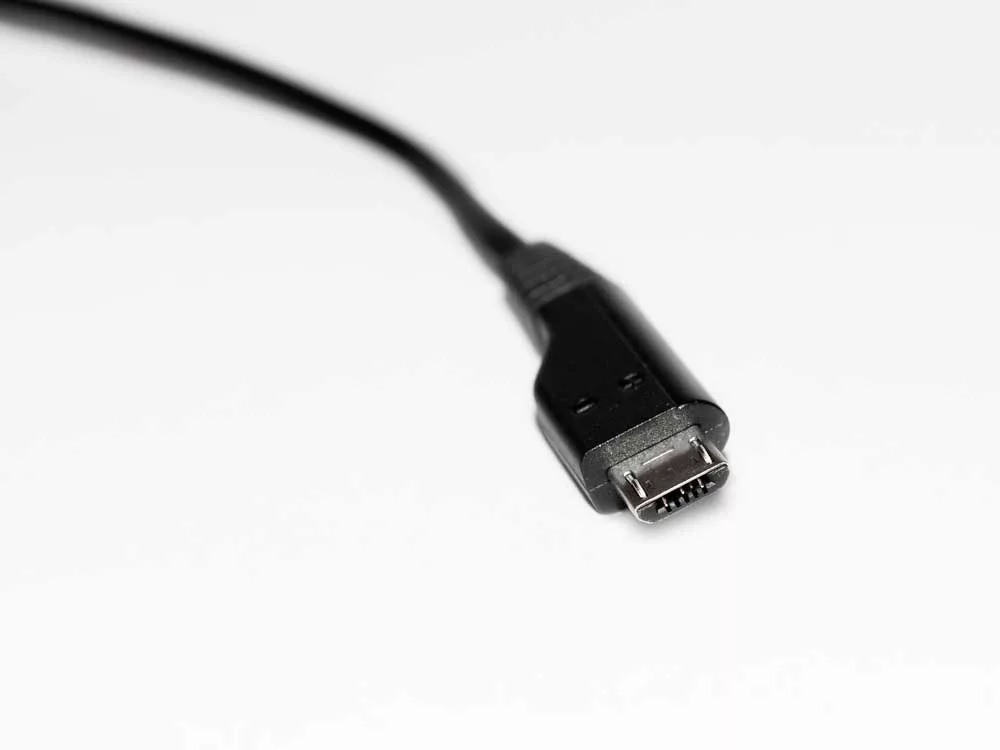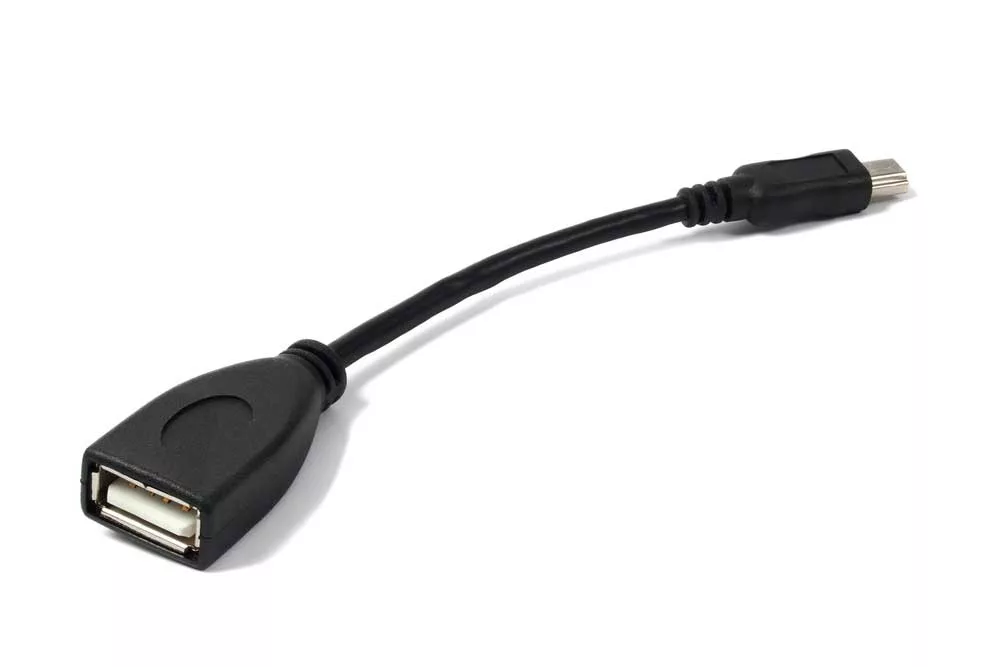There is a debate on Mini USB vs Micro USB cable as they share some similarities.
- You can use both to transfer data between computers and digital devices.
- Both are smaller in size in comparison to a standard A-type connector.
- Both are easy to use and function properly.
Then, which one should you choose?
Table of Contents
- What is a Mini USB?
- What is a Micro USB?
- 7 Key Differences Between Micro USB and Mini USB
- Micro USB vs. Mini USB: Pros and Cons
- Conclusion
What is a Mini USB?
Mini USB enables you to transfer data among computers and other digital devices. You may also see people use the Mini USB to charge mobile phones.
There are three variations of the Mini USB, namely AB-type, B-type, and A-type.
The B-type is the most popular variation of the Mini USB, and it has 5 pins.
What is a Micro USB?
Developed for connecting digital devices, Micro USB refers to an updated version of USB.
It’s available in three variations; Micro USB3, Micro B, and Micro-A.
With the Micro USB3, you get all the characteristics of the Micro B. Also, an additional side group pin enables you to attach two wires simultaneously.

Caption: Micro USB
7 Key Differences Between Micro USB and Mini USB
Below is a table highlighting the 7 key differences between the Micro USB and Mini USB.
| Components | Micro USB | Mini USB |
| Size | The Micro USB is smaller compared to the Mini USB. | Compared to a standard USB the Mini USB is smaller in size. |
| Efficiency | Micro USB has increased efficiency compared to the Mini USB because both plugs have five pins that improve their functionality. | Compared to a standard USB, the Mini USB is smaller in size. |
| Life Cycle | Micro USB has increased potential compared to the Mini USB because it is capable of working properly for 10,000 cycles. | Mini USB is capable of working for up to 5,000 cycles only. |
| Diversity | You can only use the Micro USB for a single purpose which is to connect devices. | Mini USB is more versatile and diverse compared to the Micro USB. |
| Design Time | Micro USB was developed roughly two years after the Mini USB. | Mini USB was the mainstream interface mode for devices and you can also find it in very old devices. |
| Version | Mini USB is less efficient compared to Micro USB however, it allows connectivity of multiple devices at the same time. | Mini USB was also developed using USB 2.0 but for smaller devices. |
| Usage | You can use the Micro USB in tablets, game controllers, GPS devices, and mobile phones. | You can use the Mini USB on various devices, such as digital cameras, mobile phones, and MP3 players. |
Micro USB vs. Mini USB: Pros and Cons
Both the Micro USB and Mini USB have their advantages and disadvantages. Below are the pros and cons of the Mini USB and Micro USB.
Micro USB
| Pros | Cons |
| It suffers less mechanical damage during continuous use. | Only has a one way plug in system. |
| You can also use the Micro USB to charge mobile devices. | It has a limit to its ability to transfer video and audio information. |
| The Micro USB offers a life cycle of 10,000 cycles which is twice as much that of the Mini USB. | Only has a one-way plug-in system. |
| The Micro USB supports USB OTG that enables mobile interconnectivity anywhere. |

Caption: Micro USB OTG
Mini USB
| Pros | Cons |
| The Mini USB is waterproof and sealed. | The Mini USB has a number of mechanical flaws. |
| It’s portable and easy to move around with because you can simply put it in your pocket. | The Mini USB doesn’t have a good lifetime because it only has a total of 1,000 insertions. |
| The Mini USB is also effectively dustproof. | Unfortunately Mini USB technology is outdated compared to Micro USB technology. |
| Unfortunately, Mini USB technology is outdated compared to Micro USB technology. |
Conclusion
Having discussed all that, it’s safe to say that the Micro USB is the better choice. For all your Micro USB and Mini USB needs, feel free to contact Cloom Tech.
